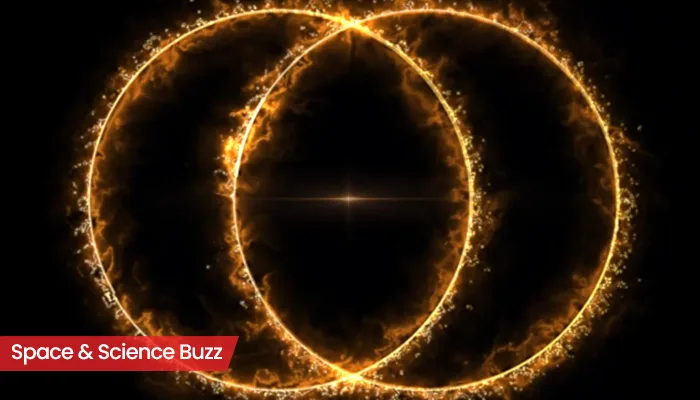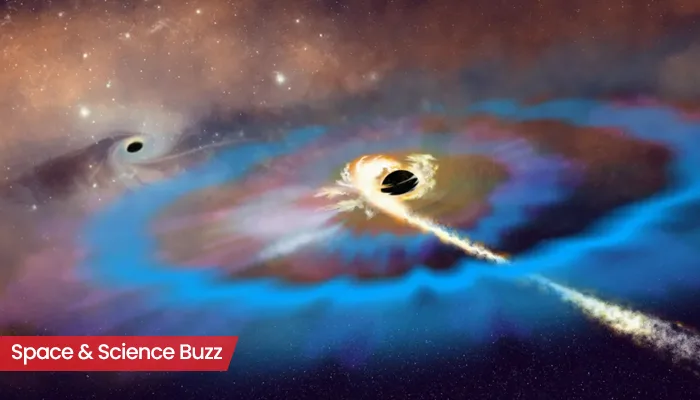
Here are today’s most important updates from the realm of Science and Space.
Cosmic Outlaw: Black Hole Unleashes a Radio Burst That Shatters Records
For the first time, scientists observed a black hole tearing apart a star far from its galaxy’s center, producing the fastest-changing radio signals ever recorded. The event, AT 2024tvd, revealed delayed bursts of energy months after the initial destruction, hinting at mysterious, episodic black hole activity. This rare find reshapes understanding of where supermassive black holes reside and how they evolve. The event, named AT 2024tvd, exhibited the fastest-changing radio emission ever recorded from a black hole consuming a star. Such tidal disruption event occurs when a star strays too close to a massive black hole and is pulled apart by its immense gravitational forces.
Alien Chemistry? Saturn’s Moon Reveals Reactions Impossible on Earth
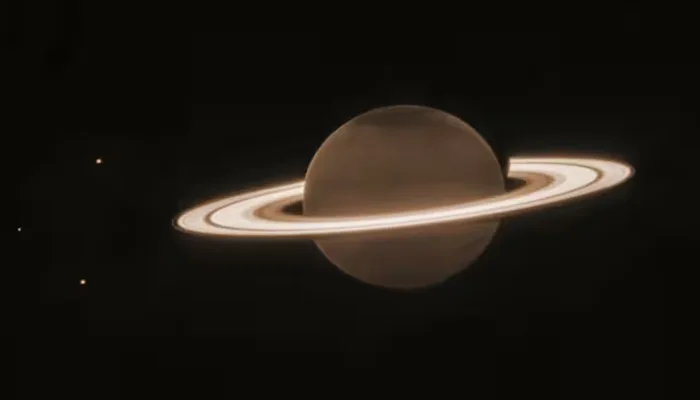
Researchers have made a groundbreaking discovery on Saturn’s largest moon, Titan, challenging long-held principles of chemistry. Their study reveals that at Titan’s freezing temperatures, around -180 degrees Celsius, polar and nonpolar substances, which traditionally don’t mix, can actually combine to form new types of crystals. Titan, with its thick nitrogen and methane atmosphere and bizarre orange-hued landscape of lakes and dunes, closely resembles early Earth’s environment billions of years ago. This similarity makes it a prime candidate for studying the chemical processes that might have led to the origin of life. Contrary to classical chemistry rules, where polar and nonpolar substances repel, much like oil and water, the team found that these molecules can mix to create co-crystals under Titan’s frigid conditions.
Crowned in Cosmos: NISAR Satellite’s Stunning Image Goes Viral
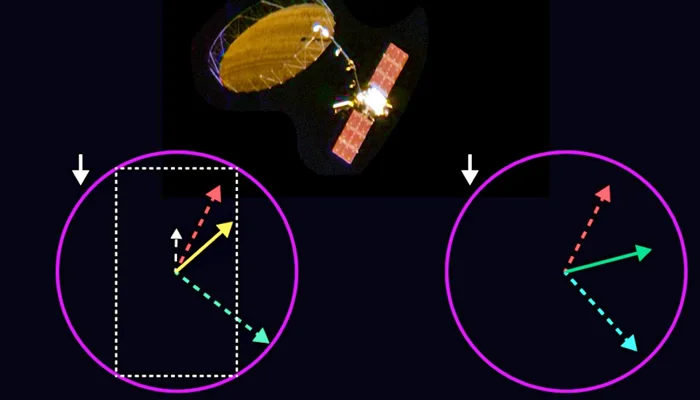
(Credit: Vantor)
The NASA-ISRO Synthetic Aperture Radar (NISAR) satellite looks majestic, captured in "full bloom" by Vantor with unprecedented centimeter-level clarity. This powerful radar satellite is the most advanced of its kind ever built, and the image shows its giant circular radar antenna reflector, which deployed successfully in August 2025 after launch. NISAR is a joint mission between Nasa and the Indian Space Research Organisation (Isro), aimed at providing high-resolution radar imaging of Earth's surface to track everything from shifting ice sheets and earthquakes to forest changes and crop conditions. The reflector, measuring 12 meters (39 feet) in diameter, is the largest radar antenna ever deployed in space and was folded like an umbrella for launch before deploying fully into orbit. Vantor’s image offers key insights beyond telemetry data by visually confirming the antenna’s proper deployment and structure tensioning, verifying spacecraft orientation and velocity during the imaging process.
The Paradox of Poison: Did Lead Play a Role in Making Us Smarter?

Long before humans built cities or wrote words, our ancestors may have faced a hidden threat that shaped who we became. Scientists studying ancient teeth found that early humans, great apes, and even Neanderthals were exposed to lead millions of years ago. This toxic metal can damage the brain, yet modern humans developed a tiny genetic change that protected our minds and allowed language and intelligence to flourish. This long-term exposure may have influenced how early brains evolved, possibly hindering language and social development in all but modern humans, who possess a unique protective genetic variant. Lead traces were present in 73% of the fossils studied, with 71% of modern and archaic human samples showing contamination. Fossils of G. blacki dating back 1.8 million years revealed the highest levels of acute exposure. It was previously thought that humans began facing significant lead exposure only in recorded history, especially during the Roman era, when lead pipes were used for water systems, and later during the Industrial Revolution. Lead pollution declined only after the late twentieth century.


.webp)
.WEBP)
.WEBP)
.webp)
.webp)
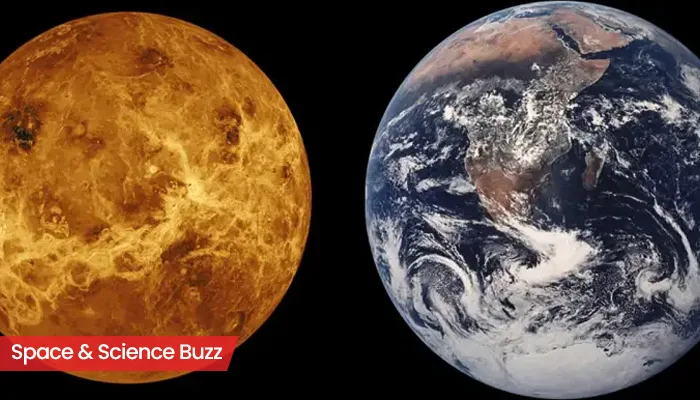
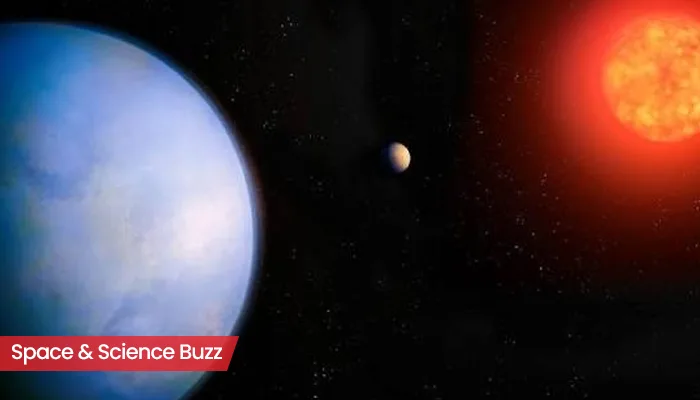
.webp)
.webp)
.webp)
